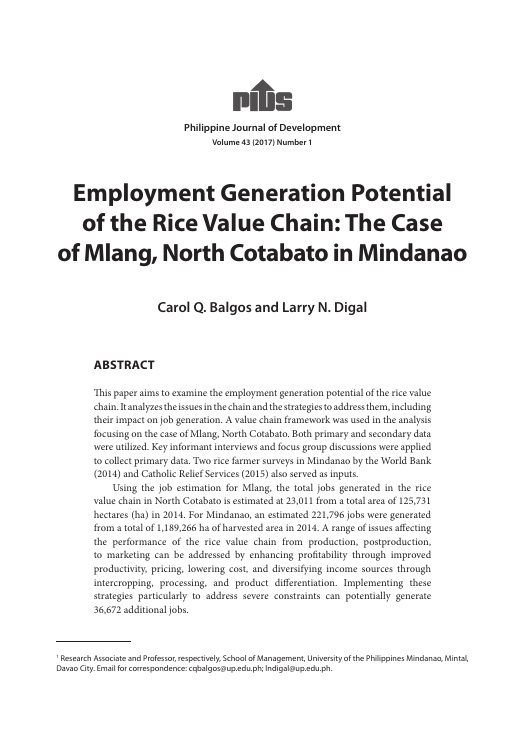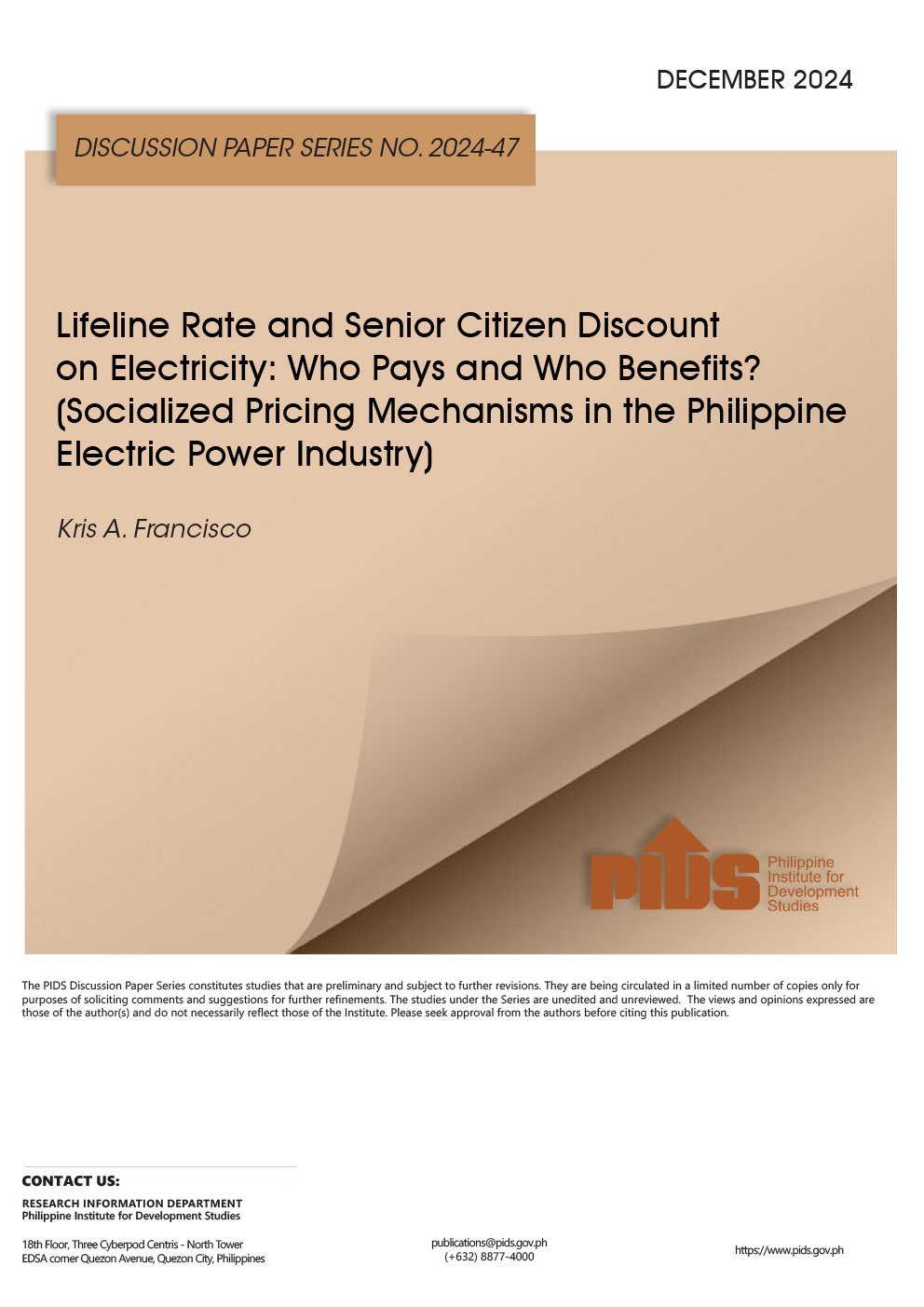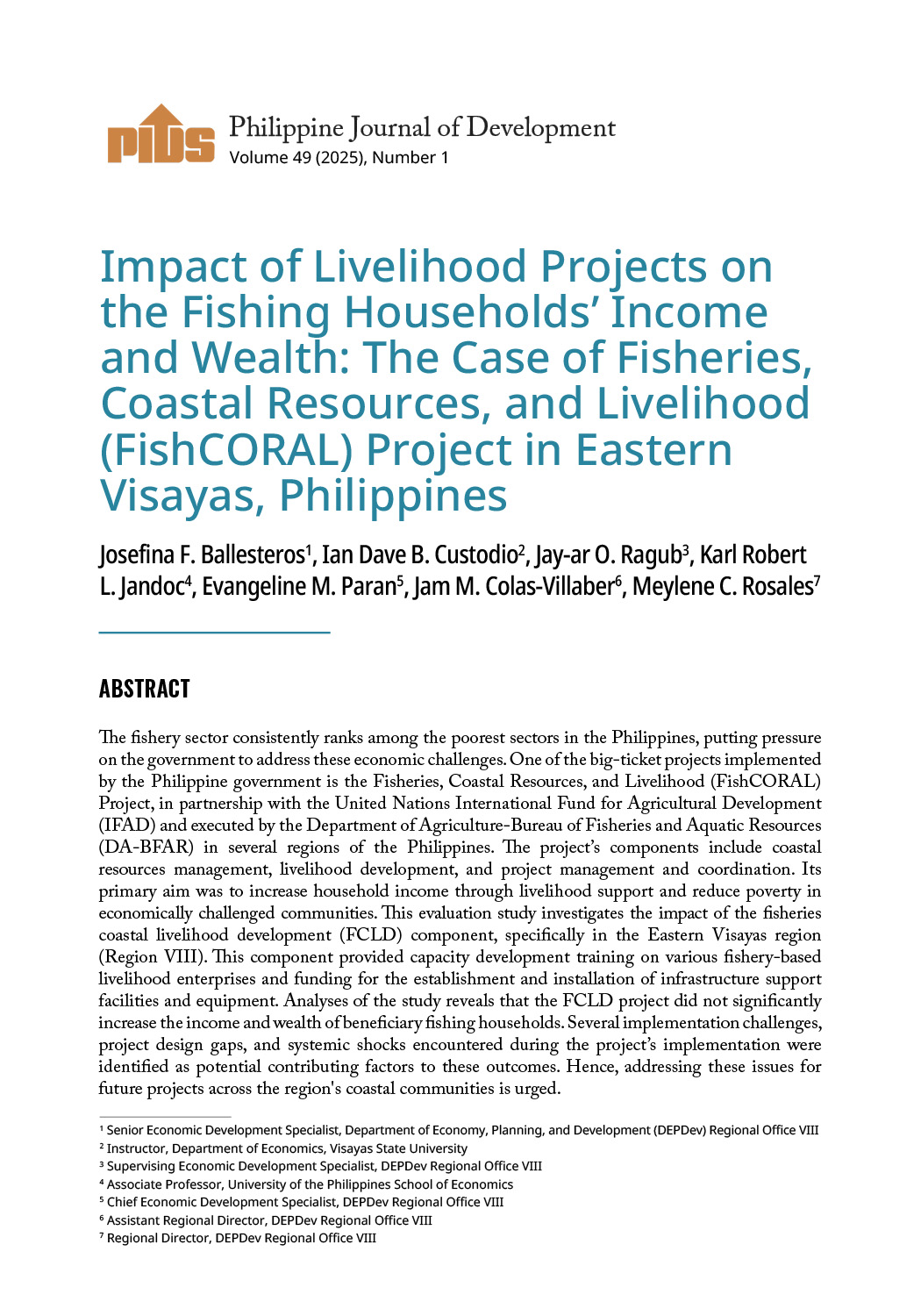Ayala Corp. managing director and head of the conglomerate’s energy investments Eric Francia said AC Energy Holdings Inc., the group’s holding company for its investments in the power sector, is in talks with potential partners for power projects in Mindanao. "We’re in very advanced stages of development work there. Unfortunately. I cannot disclose at this point but we do have advanced projects in Mindanao,” Francia said. The strategy, he said, is to partner with existing players. "Let me put it this way. We will not reinvent the wheel... It’s too late in the game to start from scratch,” he said.
However, in the long term, AC Energy is also eyeing to have its own projects. "Since we are here for the long haul, we’ll be originating projects ourselves as we get better at development work but that will probably come online seven to 10 years from now. Right now we’re talking about projects on the first five years of our existence, we want to partner with people who have done advanced works already and enable that project to take it to the finish line,” Francia said. At present, Mindanao is suffering from seven- to eight-hour power failure and even 10 hours in some areas. Government think-tank Philippine Institute for Development Studies (PIDS), in a study by senior research fellow Adoracion Navarro, has warned that the Mindanao power crisis of 2012 may stage a comeback in this year’s and next year’s summer season given that there had been no additions to the baseload capacity. "The demand for power in Mindanao has continuously spiked through the years with rapid urbanization and increased industrialization,” PIDS said. According to Navarro’s study, consolidated forecasts for the electricity demand for the period of 2010-2019 show an annual average demand growth of 4.28 percent in Mindanao, which is higher than national rate of 3.63 percent in the same period,” PIDS said. Citing 2012 data from the Energy department, the PIDS study said the Mindanao grid at present has 37.31 percent baseload generating capacity, a far cry from Luzon’s 63.94 percent and Visayas’ 71.88 percent. "Mindanao’s generating capacity is also heavily dependent on hydropower which has become unreliable in the face of worsening deforestation of watersheds and siltation of river systems,” PIDS also said.












